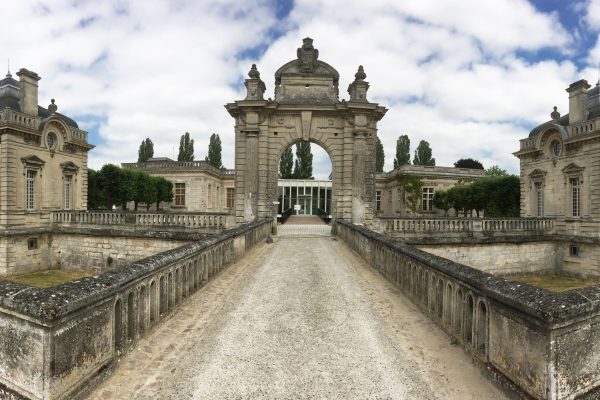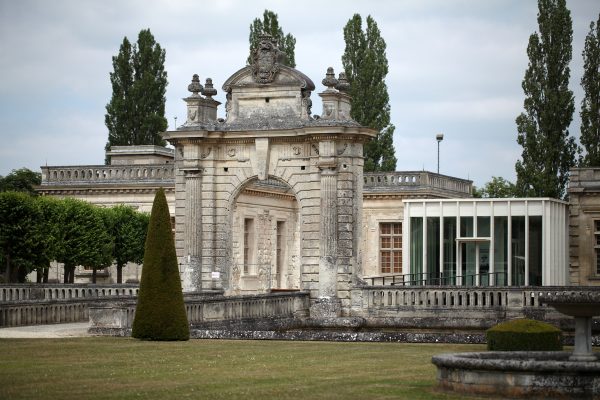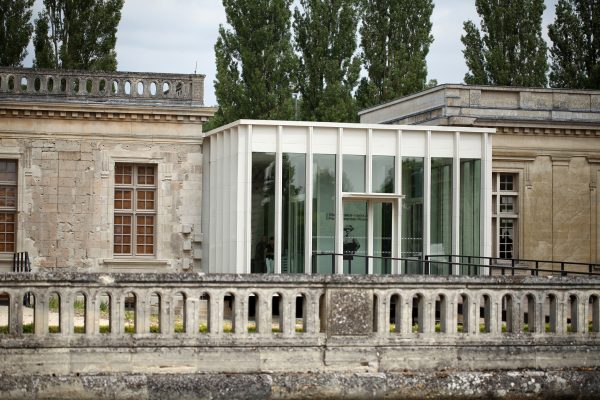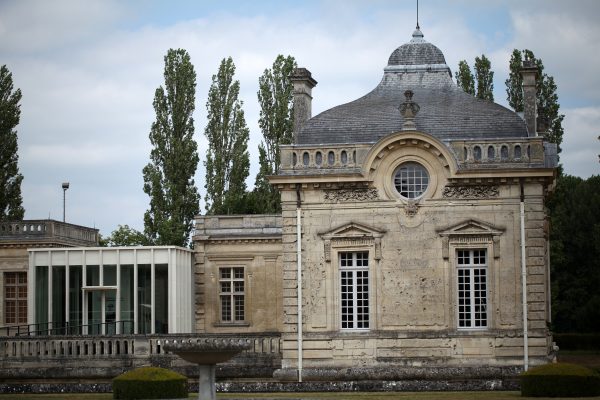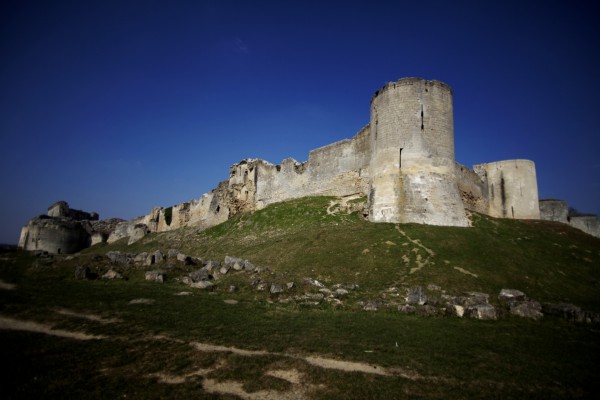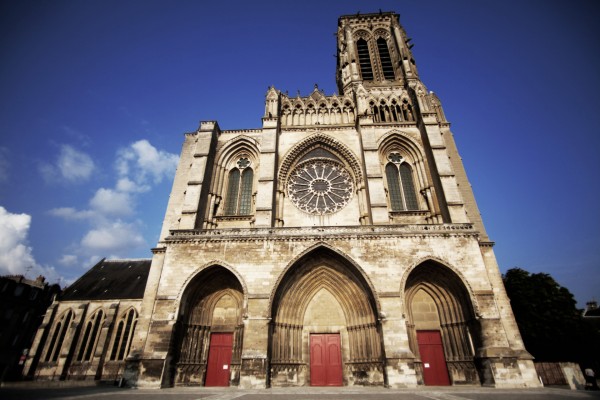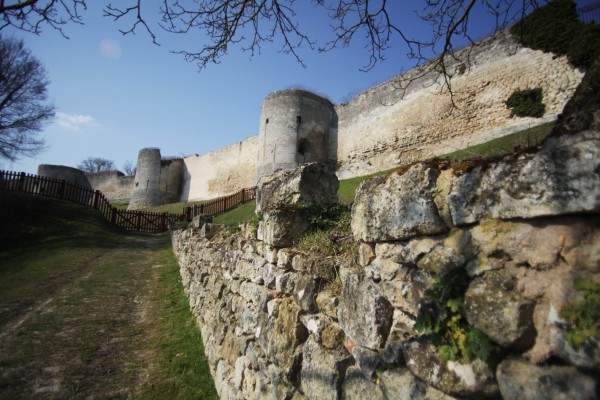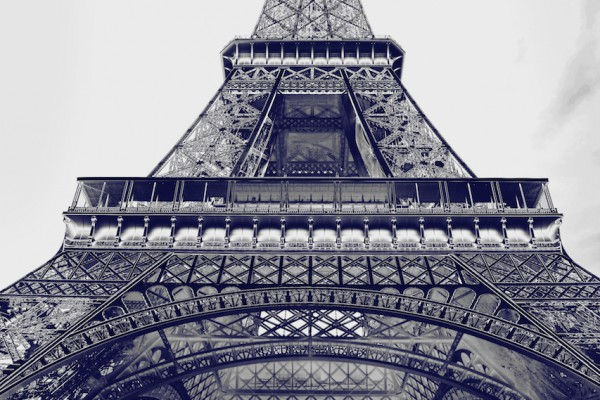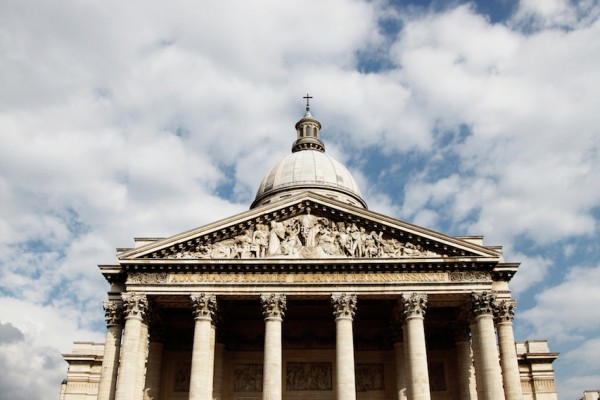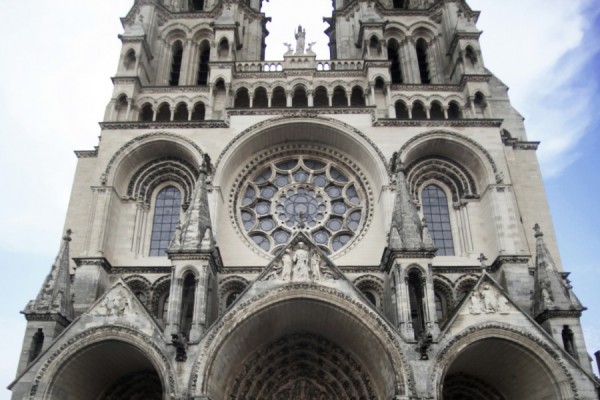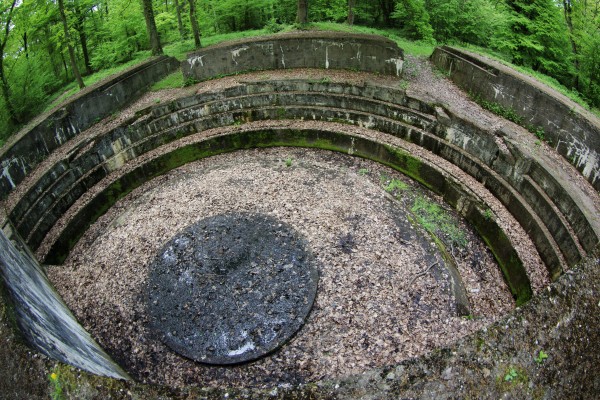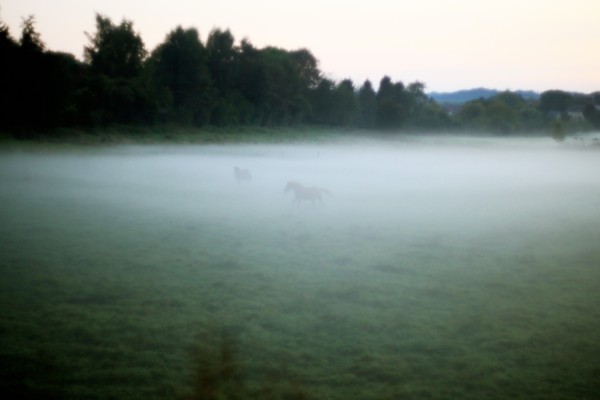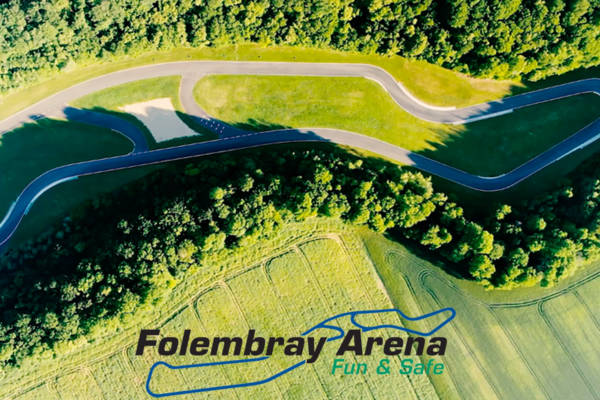Chez Ric et Fer is located 1h20 away from Paris, 1h00 away from Charles de Gaule and Beauvais Tillie airports, 1h00 away from Reims, 30 minutes away from Laon, 15 minutes away from Soissons.
- Musée Franco-Américain,Blérancourt,Macron,Bed and breakfast,où dormir,where to sleep, chez ric et fer, Richard Gamba,Spherecom
- Franco-American-Museum-Château-de-Blérancourt-French-American-friendship-Macron_chez-ric-et-fer_BB-Picardy_©Spherecom/Chez Ric et Fer
- e Morgan_franco-american-museum-nice place to stay_chambre d’hotes_ ©Spherecom/Chez Ric et Fer
- american friends of blerancourt-where to stay around_nice b&b_©Spherecom/Chez Ric et Fer
- Rempars_Coucy le Chateau_B&B_chez ric et fer_chambre d’hotes_Northern France_picardie_aisneChambe d’hôtes-Chez Ric et Fer-Bed and Breakfast-Vintage-Coucy le chateau-Aisne-Picardie-France_©Spherecom/Richard Gamba
- Cathédrale-of-Soisson-20mn-away-from-Chez Ric et Fer – Bed and Breakfast – Northern France – PicardieChambe d’hôtes-Chez Ric et Fer-Bed and Breakfast-Vintage-Coucy le chateau-Aisne-Picardie-France_©Spherecom/Richard Gamba
- Walking-around-the-Castel-of-Coucy_Chez Ric et FerChambe d’hôtes-Chez Ric et Fer-Bed and Breakfast-Vintage-Coucy le chateau-Aisne-Picardie-France_©Spherecom/Richard Gamba
- Une partie des rempars de Coucy le Château, ©Spherecom/Richard Gamba
- Eiffel-Tower-Paris-1h20-away-away-from-Chez Ric et Fer – Bed and Breakfast – Northern FranceChambe d’hôtes-Chez Ric et Fer-Bed and Breakfast-Vintage-Coucy le chateau-Aisne-Picardie-France_©Spherecom/Richard Gamba
- Pantéon-Paris-1h20-away-away-from-Chez-Ric-et-FerChambe d’hôtes-Chez Ric et Fer-Bed and Breakfast-Vintage-Coucy le chateau-Aisne-Picardie-France_©Spherecom/Richard Gamba
- Cathédrale-of-Laon-25mn-away-from-Chez Ric et Fer – Bed and Breakfast – Northern France – PicardieChambe d’hôtes-Chez Ric et Fer-Bed and Breakfast-Vintage-Coucy le chateau-Aisne-Picardie-France_©Spherecom/Richard Gamba
- Bertha_ww1,Northern france,Coucy-Le-Château-Chez-Ric-et-Fer-BB-Chambres-dhôtes-©Richard-Gamba.jpg
- Coucy le Château, Rempars, Animaux, ©Spherecom/Richard Gamba
- Les chevaux dans la brume de Coucy le Château, ©Spherecom/Richard Gamba
- Circuit de Folembray Arena – où dormir ?
Remembrance tourism in the Aisne département

From the area around to Saint-Quentin to the Chemin des Dames, there are many places of remembrance for the First World War in the Aisne département. From the first skirmishes in 1914 right up to the German offensive of 1918, not forgetting the terrible offensive of the Chemin des Dames in 1917, tens of thousands of men from all walks of life and from many countries died here in the hope that their sacrifice would lead to a better world. The soil that they fought over retains a memory of this tragic and painful past : monuments, cemeteries, galleries… and the vivid emotions that these places, where so many men fell, stir up. Today the Aisne département pays tribute to them.
The Chemin des Dames (The Ladies’ Path)

On the Chemin des Dames, it was the British who on 14 September 1914 opened the front, which was to become a scene of numerous offensives: the offensive of General Nivelle in April 1917 and the German offensive of May 1918 were the most striking ones. Today, the Chemin des Dames which is an open air museum is littered with monuments which pay tribute to the African infantrymen, the British troops, the Basque regiments, and rather less often to German soldiers. On the plateau de Californie (California plateau), a bronze sculpture of nearly four metres in height was built in memory of the soldiers who died: What is known as “They couldn’t choose their graves” is the work of Haïm Kern.
Just a stones’ throw away can be found the ruins of the ancient village ofCraonne, occupied in 1914, destroyed in 1917 by the massive bombardments and known as well for the famous song of Craonne, which one associates with the mutinies which followed the terrible French offensive. In the forest, one can still see the remains of the trenches. A wooden observatory looks out over the valleys of the Aisne and the Ailette. It demonstrates the just how decisively important this steep hilled area was for the troop manœuvres.

A little further to the west, the Caverne du Dragon, the Museum of the Chemin des Dames, is a former chalk quarry located 14 metres underground which was converted into an actual underground barracks during the conflict. This not to be missed site provides a poignant account of the way soldiers lived at that time.
A few kilometres away, lies the rebuilt village of Cerny-en-Laonnois which is home to French and German cemeteries, a remembrance chapel and a British monument.
Beyond the Chemin des Dames, the whole of the Soissons plateau, was from 1914 to 1918 the scene of terrible fighting and of the worst injustices, as is recalled by the monument of the 6 soldiers shot at Vingré, in memory of the soldiers who were executed as an example on 4 December 1914 and posthumously acquitted in 1921.
The American Aisne and the second battle of the Marne

In the spring of 1918, US troops arrived to provide reinforcements around Château-Thierry, an event that is recalled by the impressive monument of the Côte 204 or the woods and the American cemetery of Bois-Belleau. It is a place which still retains the traces of terrible fighting : trenches and funnel shaped holes created by shells. TheOise-Aisne cemetery at Seringes-et-Nesle, close to Fère-en-Tardenois, now stands where the 42nd American division, the “ Rainbow Division” fought. Among the 6,012 graves, is that of the poet Joyce Kilmer.
The second battle of the Marne was joined on 15 July 1918, starting in the forest of Villers-Cotterêts. It was essential to take the ridge which commands the north bank of the river Ourcq. The pink granite monument of the Butte Chalmont, “Les Fantômes” by Paul Landowski, pays tribute to the thousands of allied soldiers (Italians, British, American and French), who were thrown in to the assault, on 18 July 1918, to break through the German lines.
In the village of Coulanges-Cohan, a monument fountain was offered as a gift by the Roosevelt family, as a thank you to the locals for tending the flowers on the grave of Quentin Roosevelt, who was the youngest son of the President Theodore Roosevelt, and who was killed on 14 July 1918.
Around Saint-Quentin

Further to the north, the Saint-Quentin district became a major strategic German base. It was where, that during the winter of 1916-1917, the German armed forces built a vast system of defences and fortifications : The Hindenburg Line, to which they withdrew in March 1917, after having destroyed entire towns and villages, as well as the medieval dungeon of Coucy-le-Château. After a series of counter-offensives, it was only on 18 September 1918 that the Allies launched an assault on the Hindenburg Line. At the vanguard of the assault were Australian, Canadian and British troops, making, for the first time, massive use of tanks. With the help of American units, the final assault was launched on 29 September 1918. In the hours following the assault, the touage souterrain de Riqueval (underground canal of Riqueval), which was heavily fortified by the Germans, was taken by American troops whilst the Australians crossed the Saint-Quentin canal over the Riqueval bridge, which is the only bridge still intact, as they continued their offensive towards Montbrehain. The American cemetery “Somme-Aisne” of Bony is where 1,844 soldiers, who died for their country in the fighting of September-October 1918 as they crossed the Hindenburg line, are buried. A monument to the memory of the 4th Australian division was erected on the heights to the north-west of the village ofBellenglise.
The end of the war
On 7 November 1918 at 8:20 pm, the four cars carrying the German ministers with responsibility for negotiating an armistice arrived at La Flamengrie, close to La Capelle. A cease-fire was then called. The monument of La Pierre d’Haudroywas built in memory of this event. The armistice was finally signed in Compiègne on 11 November 1918. With the war over, France laid to rest many of the Germans who died, at the German cemetery of Saint-Quentin. This cemetery which was financed and opened by the emperor Guillaume II in 1915, is where 8,229 soldiers are buried today. This cemetery still has its original monument on which the names appear.

After the fighting stopped, the Aisne département was to have the American ladies from the American Committee for the Devastated Regions to thank (C.A.R.D) for the work they did, and who from the château de Blérancourt, continued to provide help to the civilians, by distributing food and caring for refugees.
The war had made the Aisne a land of different nations which meant it was able to call up on labour from many different countries to help it with its slow reconstruction. Workers from Indochina, Italy, Spain and Poland would work on removing shells from the fields and restoring the ruined buildings from the “flattened land” in the words of the writer Roland Dorgelès.






